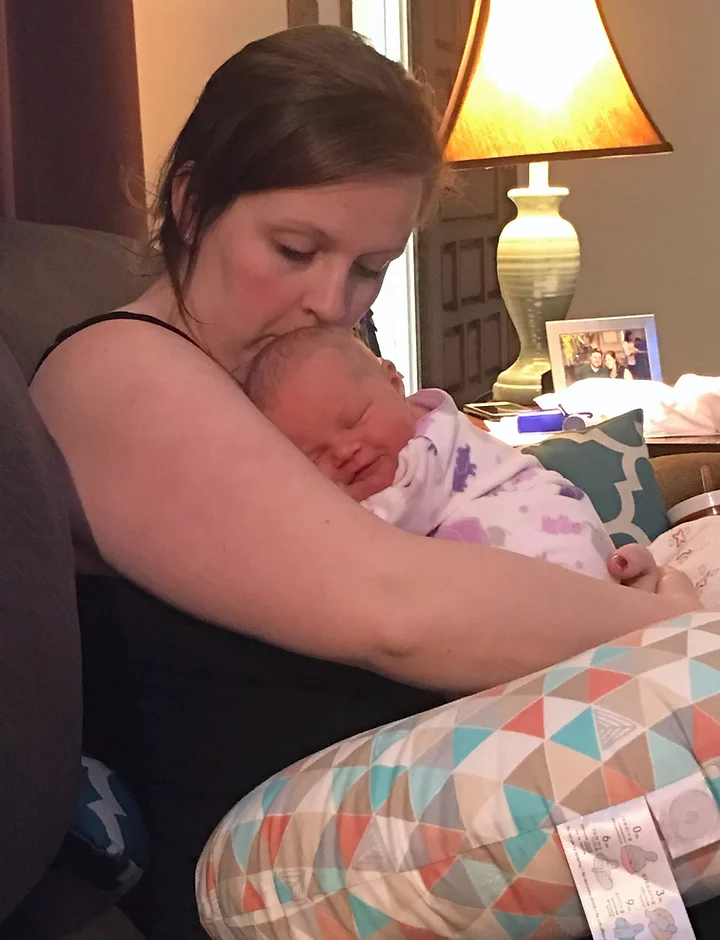Nutrition and eating have become very hot topics in the medical field. Unfortunately, we often spend too much time “medicalizing” eating and not enough time focusing on the art/act of eating. A quick internet search of “healthy eating” will come back with thousands of articles identifying what you should eat and what you should not eat. These recommendations are constantly changing and usually very difficult for the average person to follow. When we put so much emphasis on what we are eating, it can ruin the eating experience. For example, if chocolate cake is your all time favorite food but you recently read an article about how you should avoid gluten, chocolate and butter, you will likely still eat chocolate cake occasionally but will feel guilty each time you do. This is where mindful eating comes into play!

Mindful eating is an approach to eating that puts emphasis on sensual awareness of the food and the individual’s experience of the food. It encourages full attention to the eating experience. It has nothing to do with the macronutrient or micronutrient contents of food. According to the Center for Mindful Eating, “mindful eating is allowing yourself to become aware of the positive and nurturing opportunities that are available through food selection and preparation by respecting your own inner wisdom”. Mindful eating does not label foods as good or bad. Instead, it encourages us to base food choices on hunger levels and physical feelings of food rather than emotional eating due to stress or sadness. In order to practice mindful eating, we need to slow down and focus on the act of eating. This means avoiding eating in front of the TV, in the car or in front of the computer screen.
Most patients/clients that I have worked with are unable to identify fullness/hunger because they are not eating mindfully. They are usually eating out of habit or due to some other emotion. Mindful eating can help you return focus to the eating experience rather than the food itself. Just like any behavior change, practicing mindful eating can be challenging at first. Here are a few tips to help get you started!
Avoid Distractions while Eating
In my opinion, this is the first step! In today’s world, it is uncommon to see a group of people eating at a restaurant without at least one of them using their cell phone during the meal. Similarly, it is very common for families to eat in front of the TV instead of at a table. We have become a highly distracted society and mealtimes are not any different. Try to find a quiet place that is dedicated to the eating experience for meals/snacks. The place you choose will be different depending on where you are eating. It doesn’t have to be anything special but try to avoid all electronics (TV, phone, computer) throughout the eating experience. Visiting with family and friends while eating is an emotionally rich distraction and fits into mindful eating.

Assess Hunger Before Eating
Many of us tend to eat based on habit rather than true hunger. A tool called the hunger-fullness scale can be a good tool to help you asses hunger prior to eating. It is also useful when trying to decide if you want to continue to eat or if you are full. This scale asks you to rank your hunger from 1-10. 1 means you are starving and feeling physical symptoms of hunger such as weakness or dizziness. 10 means you are uncomfortably full—think Thanksgiving dinner full. Generally, it is best to eat when you are a 3-4 on the hunger scale and stop eating when you are a 6-7. Following this scale will avoid intense hunger that can lead you to mindless eating because you are passed the point of hungry. It will also allow you to indulge in the positive eating experience without ending on a negative note by being overly full.
Focus on How Different Foods Make you Feel
This step will allow you to focus on what foods to eat in a more mindful way. People have very different metabolic responses to different foods. I may be able to eat gluten without any issue, others have a very negative response when they eat gluten foods. Paying close attention to the eating experience will allow you to best understand which foods are best for you and which foods may be better to limit. If you have one bad response to a food it does not mean you have to avoid it forever. It could have been a fluke or a response to a different food altogether. However, if you see trends where certain foods always make you feel blah, it is probably best to avoid those foods. Use this step to help you better understand your body and digestion.
I challenge you to use these tips to implement mindful eating into your routine! It will help you enjoy eating more and have more awareness around food.





